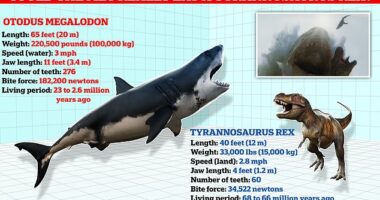

Electric vehicle sales are soaring, with factories working full-pelt to churn out as many batteries as possible. And that’s creating some bottlenecks.
Global production of electric vehicles is predicted to top four million cars globally this year, rising to 12 million in 2025. In Europe alone, 540,000 electric cars will be sold this year, an increase from 319,000 last year. For that to happen, we don’t just need gigafactories to build the batteries but also need to get hold of the key materials, notably lithium and cobalt—and the gold rush on both has already begun.
Wired UK
This story originally appeared on WIRED UK.
Last week, The Times reported that Jaguar Land Rover would pause production on the I-Pace, pinning the blame on shortages at battery maker LG Chem. Mercedes halved its 2020 production goals after shortages with the same supplier. “Currently EV uptake is arguably being constrained more by lack of manufacturing capacity than anything else,” says Paul Anderson, co-director of the Birmingham Centre for Strategic Elements and Critical Materials. “Lack of battery manufacturing capacity is a key part of this, which is why there is the rush to build gigafactories.”
A lack of gigantic factories is a problem that can be relatively easily solved. “In June 2019, there were 91 factories in the pipeline for producing lithium ion cells around the world, of which around half were already in production the previous year,” says Gavin Harper, research fellow at the Faraday Institution, a battery research group.
What isn’t so easily solved is the issue of getting enough raw materials out of the ground. “It’s been predicted that as demand for electric vehicles surges, there could be constraints around the key strategic elements and critical materials needed for EV battery manufacture in the future,” says Harper.
Aside from the usual hurdles of sourcing and extracting deposits and processing material for use, the key ingredients for EV batteries face geopolitical upheaval including trade wars, local protests, and raise human rights and environmental concerns. That will cause “structural undersupply,” says Andrew Leyland, head of strategic advisory at Benchmark Mineral Intelligence, and could wreak havoc on EV supply chains just as the industry is hoping to go mainstream.
Look at lithium. At the moment, we have enough—too much, in fact. While soaring prices of the core material in lithium-ion batteries sparked a mining rush in Australia, Argentina and Chile and—which between them provided 91 percent of supply in 2017, says Harper—a slump in demand caused by a weak automotive market and a reduction in grants for buying such cars in China has slowed the pace of mining and processing plant construction.
Leyland says back in 2015, there were maybe 15 such lithium mines. “Now you’re closer to 30, 35,” he says. Most of those are in Australia, which is now the world’s biggest producer of lithium with China its biggest customer; back in the 1990s, the US was the main lithium supplier to the world, but now it has just one major producer. But just because the lithium isn’t on your land doesn’t mean you can’t get at it. The US does still have small lithium deposits—in particular, around the Salton Sea in California—but deposits in Australia and South America are vast by comparison. But America, Leyland points out, owns two of the largest chemical companies.
China is globally the biggest player in lithium, no surprise as it’s also making and buying the most EVs. “This is starting to worry a lot of OEMs,” says Leyland, pointing to the trade war spurred on by a tweet from US President Donald Trump. “People don’t want a single point of failure in their supply chain—you can’t really invest billions of dollars and then overnight, one tweet means an export tariff makes your business unsustainable.”







